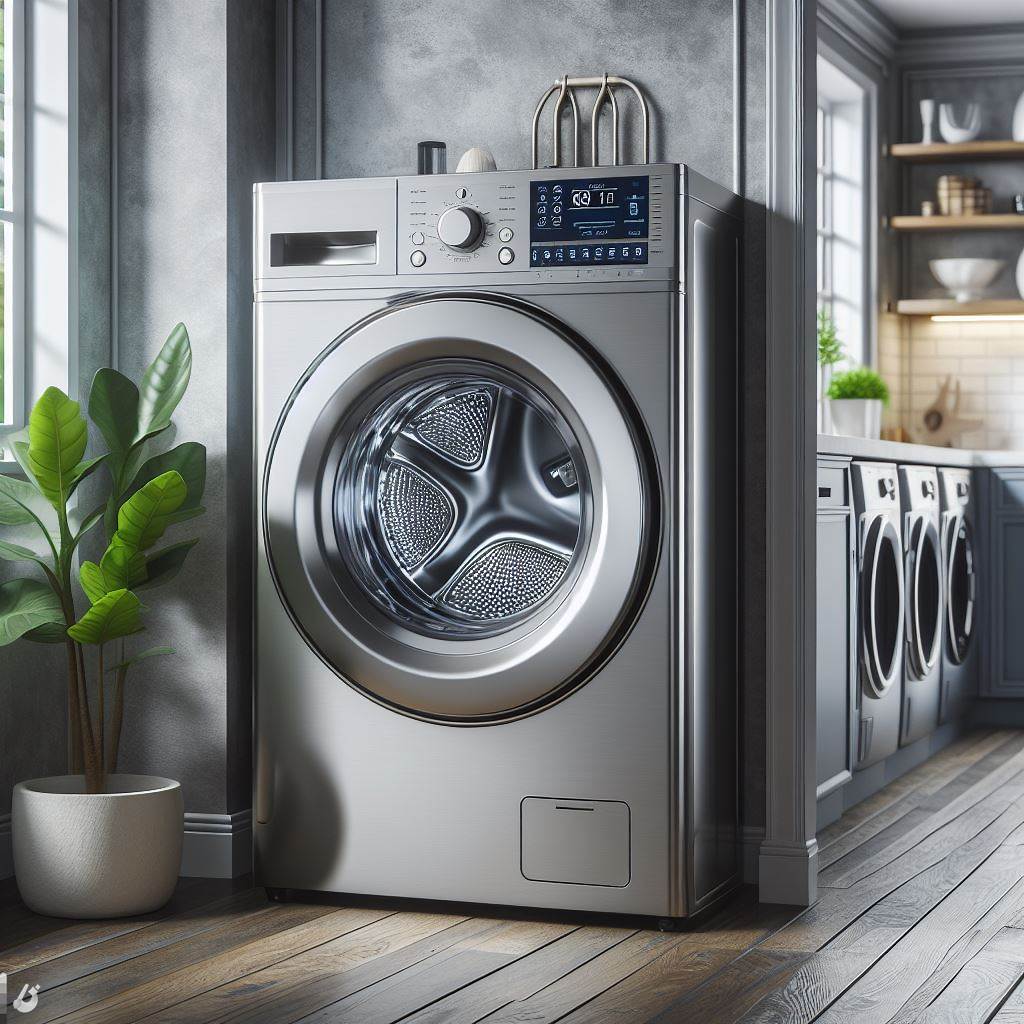The washer/dryer combo unit presents a convenient all-in-one solution for laundry needs, combining washing and drying functions within a single appliance. While this amalgamation offers undeniable advantages, it also comes with its own set of considerations. Let’s delve into the pros and cons of a washer/dryer combo to help you make an informed decision about this multifunctional appliance.
Pros of a Washer/Dryer Combo:
Space-Saving Convenience:
One of the primary attractions of a washer/dryer combo is its space-saving design. Ideal for smaller homes, apartments, or spaces with limited room for separate appliances, this unit eliminates the need for two individual machines, optimizing space.
Convenience and Efficiency:
The convenience of having a single machine that washes and dries clothes can’t be overstated. You can initiate a load and return to find it both washed and dried, streamlining the laundry process and saving time.
Energy and Water Efficiency:
Newer models of washer/dryer combos often boast energy-efficient features. Many utilize sensors to adjust water usage and drying times, potentially saving on both water and electricity bills.
Installation Flexibility:
For spaces without dedicated laundry hookups, a washer/dryer combo unit may be more adaptable. Some models require only a standard electrical outlet and access to a sink for water supply and drainage.
Cons of a Washer/Dryer Combo:
Longer Cycle Times:
Compared to separate machines, washer/dryer combos tend to have longer cycle times. Since the same drum is used for both washing and drying, a single load can take considerably longer to complete.
Limited Load Size and Capacity:
The capacity of washer/dryer combos is typically smaller than that of separate units. Larger families or those with substantial laundry needs might find the limited load size restrictive.
Maintenance and Repairs:
If the combined unit encounters issues, it may affect both washing and drying functions simultaneously. Repairing or maintaining a combo unit might also be more complex and potentially more expensive than individual machines.
Compromised Drying Performance:
The drying function in combo units might not match the performance of standalone dryers. Clothes might not dry as thoroughly or take longer, especially for bulkier items like towels or comforters.
Considerations Before Purchasing:
- Space and Load Requirements: Evaluate your space and laundry needs to determine if the unit’s capacity and size align with your requirements.
- Cycle Times: Consider whether longer cycle times for a combined wash and dry process align with your schedule.
- Maintenance and Repairs: Research the reliability of different models and understand the maintenance needs and potential repair costs associated with combo units.
- Energy Efficiency: Look for Energy Star ratings or energy-saving features to ensure efficiency in water and electricity usage.
Conclusion:
A washer/dryer combo offers a convenient space-saving solution for laundry tasks, catering well to certain lifestyles and living situations. However, it’s essential to weigh the pros and cons against your specific needs and preferences. For some, the convenience outweighs the trade-offs, while others may prefer the performance and flexibility of separate washing and drying units. By considering these factors, you can make an informed decision that aligns with your lifestyle and household requirements.

